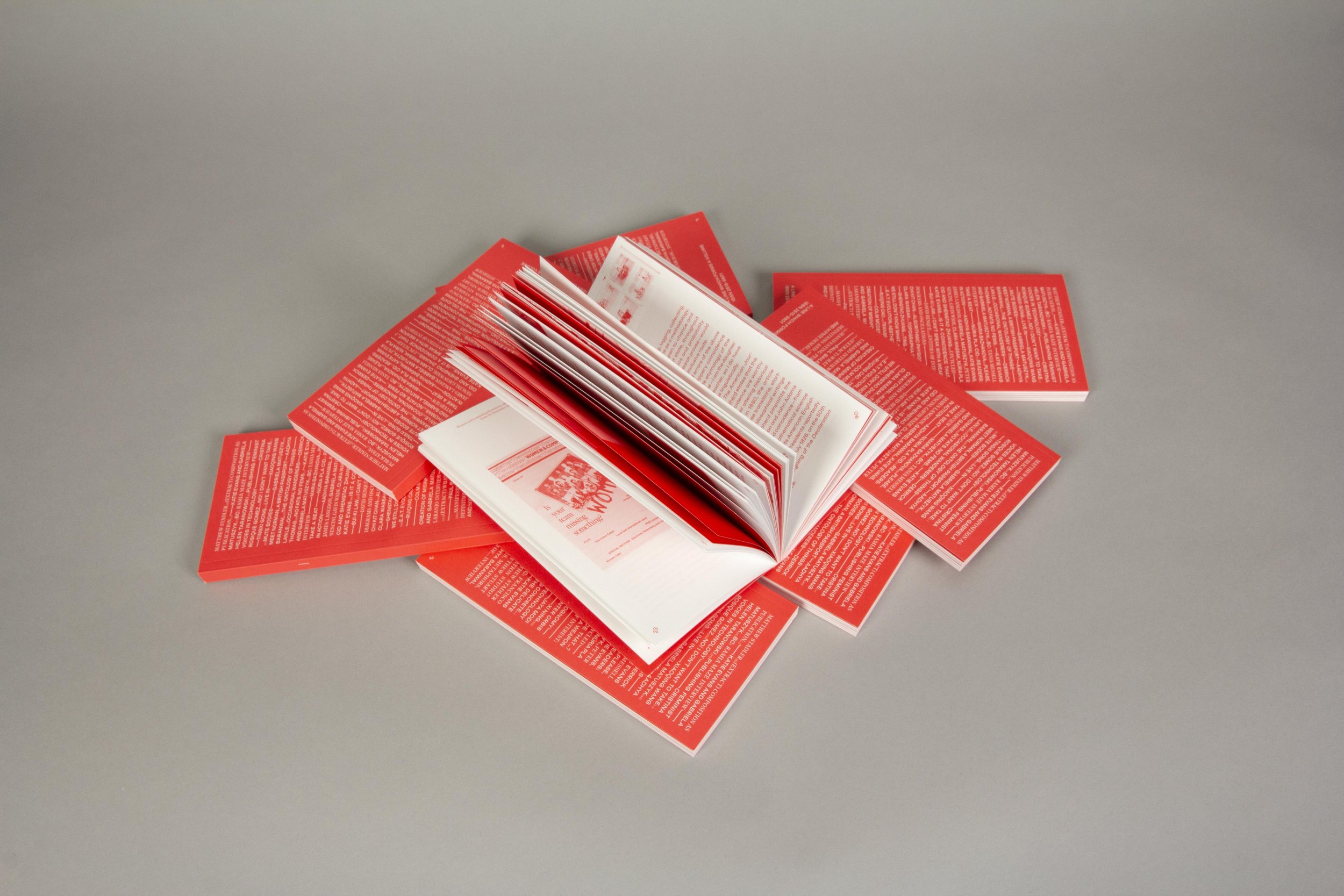
A Line which forms a volume
這是一本由英國倫敦傳媒學院-平面媒體設計學系的課程參與者共同編輯、設計和出版的批判性讀本,以及一系列以平面設計為主導的專題研討會。
「A Line which forms a volume」的概念源自法國小說家和散文家米歇爾・布托。
布托在他的文章《The Book as Object》中寫道:「聽某人講話,每一字都跟隨在一個字之後,又在另一個字之前。因此,它們沿著一條由意義建構成的線、沿著一條軸線座落著」。
「存儲這樣一條線的最佳方式 —— 這樣的『線程』—— 布托說就是『把它捲起來』」。根據定義,我們知道「卷」(來自拉丁語 volvere) 的意思是「成團捲起」、「收集成卷」,因為那是書本過去曾經的存儲方式。但在實質封閉空間的意義上,以及數量或聲音的力量方面,也都存在volume(體積、容量、音量)。這本出版物則主張所有這些定義。




我們打算讓這項研究公開——公開——並引起共鳴。
作為記錄,該出版物跟踪文本之間的思想纏繞,將它們與圖形設備和概念鏈接拼接在一起,形成一條連續的線。
「眾所周知,寫作的第一個優勢是它可以讓語言經久不衰」,
布托解釋說:「讓我們的眼睛能夠接觸到我們耳朵已經錯過的東西」。
We intend for this research to be public — voluble — and to resonate. As a record, this publication tracks the reeling of ideas between texts, splicing them together with graphic devices and conceptual links to form a continuous line. ‘Writing’s first advantage, as we all know, is that it enables language to last’, explains Butor, ‘leaving accessible to our eyes what our ears would already have missed’.






這是此刊物的第二刊。為每個問題做出貢獻的編輯團隊、設計師和參與者群體將繼續前進,獲得動力,並繼續進行探究、敘述線程或他們選擇的任何其他平面設計研究的隱喻解開。
This is the second issue. The editorial team, designers and the group of participants who contribute to each issue will roll-over, gain momentum and continue with lines of inquiry, narrative threads, or any other metaphorical unravelling of graphic design research that they choose.



